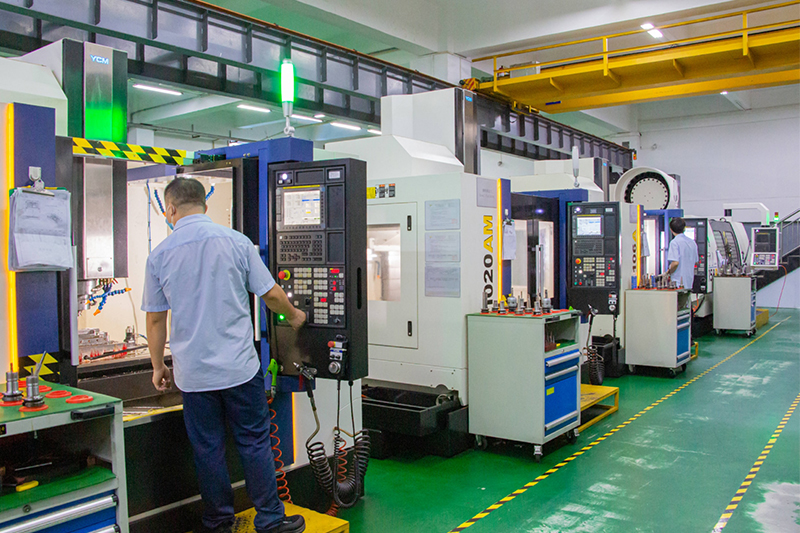ABS precision injection molding process characteristics?
ABS is a common high performance engineering plastic, because of its strength, wear resistance and chemical stability, is widely used in various fields. In the precision injection molding industry, ABS is also one of the common raw materials, let’s understand the characteristics of ABS precision injection molding process in detail.
1. Pretreatment of raw materials
Prior to ABS precision injection molding, raw materials need to be pre-treated. ABS particles are usually treated with a dryer or oven to remove moisture from them. Excessive moisture will lead to bubbles or even quality reduction on the surface of the molded part. In addition, some additives such as toughening agents and flame retardants can be added to improve the molding performance and comprehensive performance of ABS.
2. What is the injection molding process
It mainly includes the following five aspects:
(1) Loading: Put the treated ABS particles into the hopper of the injection molding machine.
(2) Heating and melting: Through the mold locking system of the injection molding machine, the mold is aligned with the injection system and closed. Then enter the heating melting stage, it is necessary to control the melting temperature, pressure and time parameters, so that the ABS particles melt into a liquid state in the injection cavity.
(3) Injection molding and pressure maintenance: After the completion of melting, the injection molding machine begins to inject liquid ABS into the mold. After the injection is completed, a certain amount of pressure should be maintained to ensure that the filling material fully fits the mold.
(4) Cooling curing: After the completion of pressure maintenance, the injection molding machine will no longer apply any pressure. ABS cools down quickly in the mold, resulting in rapid curing.
(5) Mold opening and unloading: Finally, under the control of the injection molding machine, the mold is separated and the molded parts are pushed out of the mold. At the same time, the mold needs to be reset for the next fill.
3, injection molding parts design points
When performing ABS injection molding, the following four aspects need to be considered:
(1) Product size and shape: large and complex shapes require the use of large injection molding machines and molds.
(2) Product wall thickness: it is related to the melting fluidity of ABS, and too large or too small wall thickness has an impact on molding.
(3) Raw edge treatment: Because ABS is hard, it is not easy to produce raw edges, but it still needs attention to treatment.
(4) Shrinkage rate: Because there is a certain shrinkage rate in the ABS curing process, it is necessary to reserve enough to finally make the product size meet the design requirements.
In summary, the characteristics of ABS precision injection molding process mainly include raw material pretreatment, heating and melting, injection molding and pressure maintenance, cooling and solidification, mold opening and unloading steps. Factors such as wall thickness, raw edge treatment and shrinkage rate need to be considered in product design to ensure product quality and production efficiency.
Post time: Jul-03-2023

